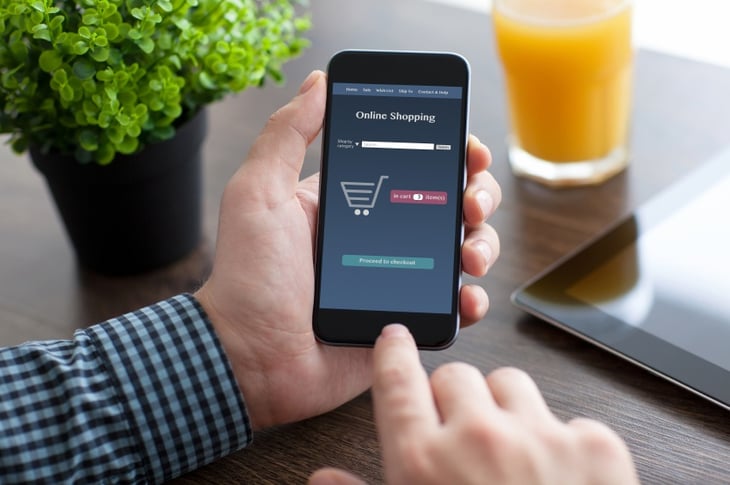9 Ways To Increase Mobile Conversion Rates

If your website isn't mobile-friendly, your conversion rates will be low – that should come as no surprise. But even a responsive mobile site could be failing to convert. So what can you do about this problem? We've got 9 ways to increase your mobile conversion rates:
1) Ensure your site is clear and easy to navigate
An uncluttered layout, readable font, big buttons and a clear CTA are all vital for mobile sites. When users are viewing your site on-the-go, on a smaller screen, you want to create a positive, stress-free experience. Don't place clickable elements too close together, and don't clutter your site with unnecessary content or design elements. Make sure any video or media is playable on mobile devices. You might want to use HTML 5 animation rather than Flash or other multimedia players, which are not compatible with most mobile devices.
2) Position your calls to action (CTAs) in the right place
Traditionally, the best place for a CTA was above the fold – while this may not always be true, in the majority of cases, it still works well. If users have to read and scroll through masses of content to reach your CTA, this won't engage them. A clear, succinct CTA that's positioned above the fold means it will be one of the first things users notice, increasing your conversion rates.
3) Don't force users to register
Forcing customers to register before making a purchase or enquiry on your mobile site is going to lead to many of them dropping off. Making users type too much information using a touch screen device can create a frustrating experience. You can still ask for an email address and password during checkout if needed; just be clever with your wording.
4) Include a 'click to call' button
According to Google, 61% of mobile users will make a call after searching for a local business, which is why it's so important to display your phone number on your mobile site. Presenting your number as a 'click-to-call' CTA means users can call you at the touch of a button, maximising conversions.

5) Include a clearly visible search tool
Including an effective search tool on your site means pushed-for-time mobile users can quickly find the product or service they're looking for. The search box should be easy to spot – an ideal location is at the top of each page, in the same place on each page. Including predictive search can help increase conversions too.
6) Consider adding an 'email this' feature
Mobile users may want to look at a product or service in more detail later, on a desktop PC. Including an 'email this' feature makes it easy for customers to do this.
7) Build trust – and make users feel secure
For some, it can feel less secure shopping on a mobile device than a desktop PC. Make sure you display the site's security certificate. Links to reviews on a third-party site such as Feefo or TrustPilot can build customer trust without slowing down page loading times.
8) Retain your company branding
Although your mobile site is a pared-down version of your desktop site, it needs to retain your company's branding. It should be immediately obvious to the customer that they're in the right place.
9) Customise your copy
Your website copy would ideally be different on your mobile site from your desktop site. That's because user intent is different when browsing on-the-go. Those visiting a desktop site are usually looking for in-depth, detailed information about your company and its products and services. Those who are visiting a mobile site are generally hunting for contact details or looking to make an immediate enquiry or purchase. Your web copy should be adjusted to support these goals – for example placing a clear CTA at the top of your page, such as 'Book now' or 'Get in touch to book'.
Getting inside the head of your potential customers and thinking about user intent can help you to increase conversions on your mobile site. So if your website isn't converting on a mobile device, making some of the above changes – and thinking about what your customers want when they visit your site – can make all the difference. Time spent considering what customers are looking for and a few small changes can lead to a huge jump in your conversion rates.


